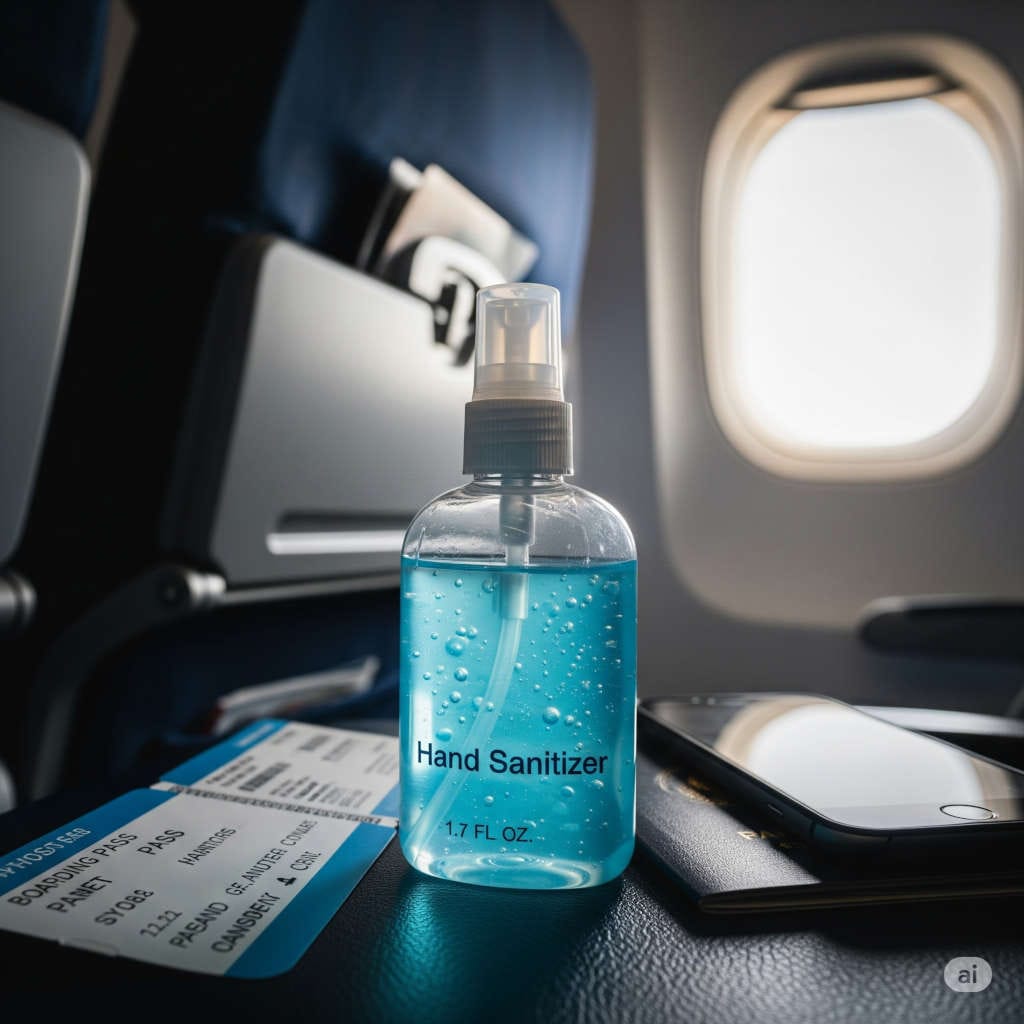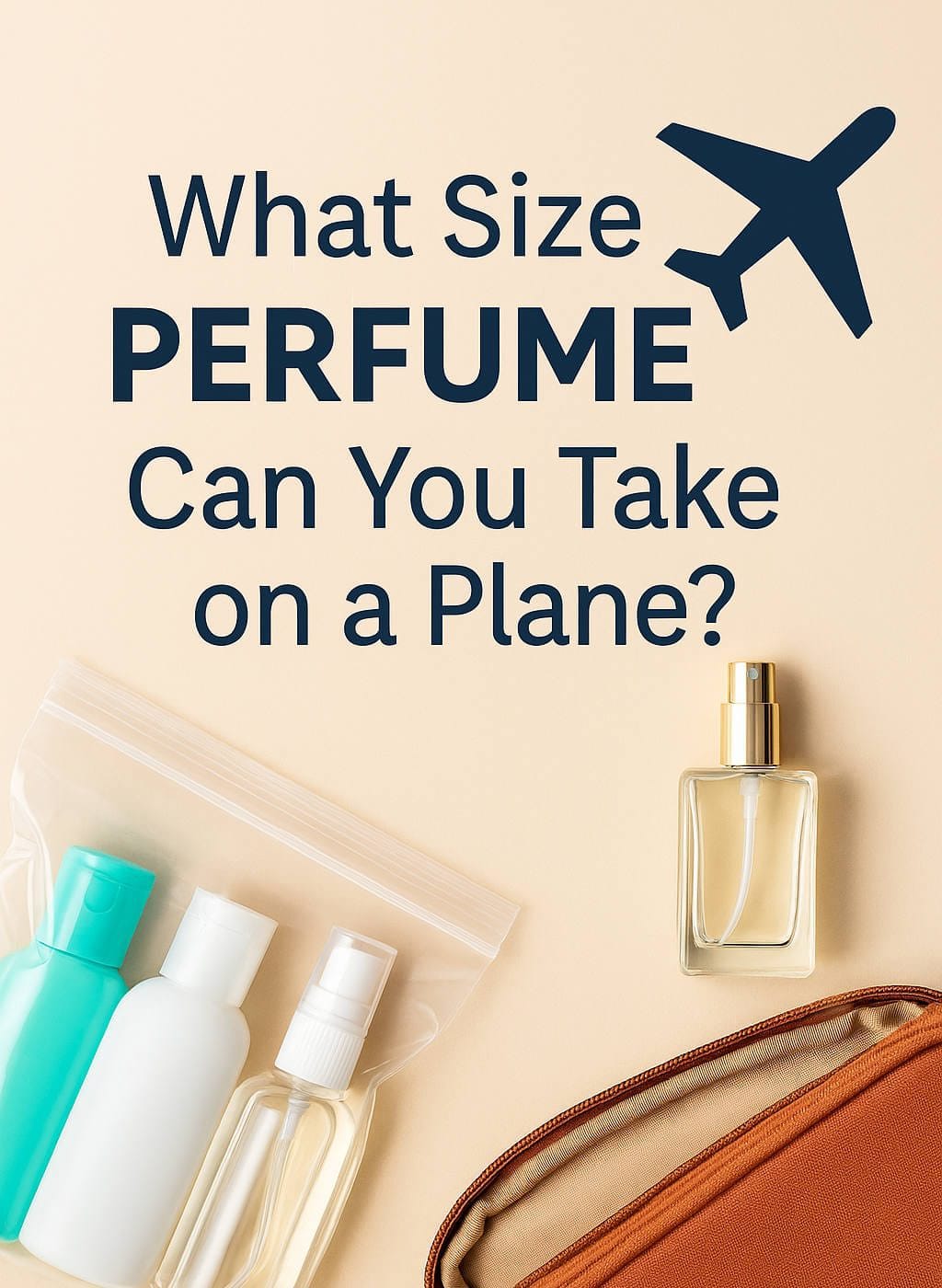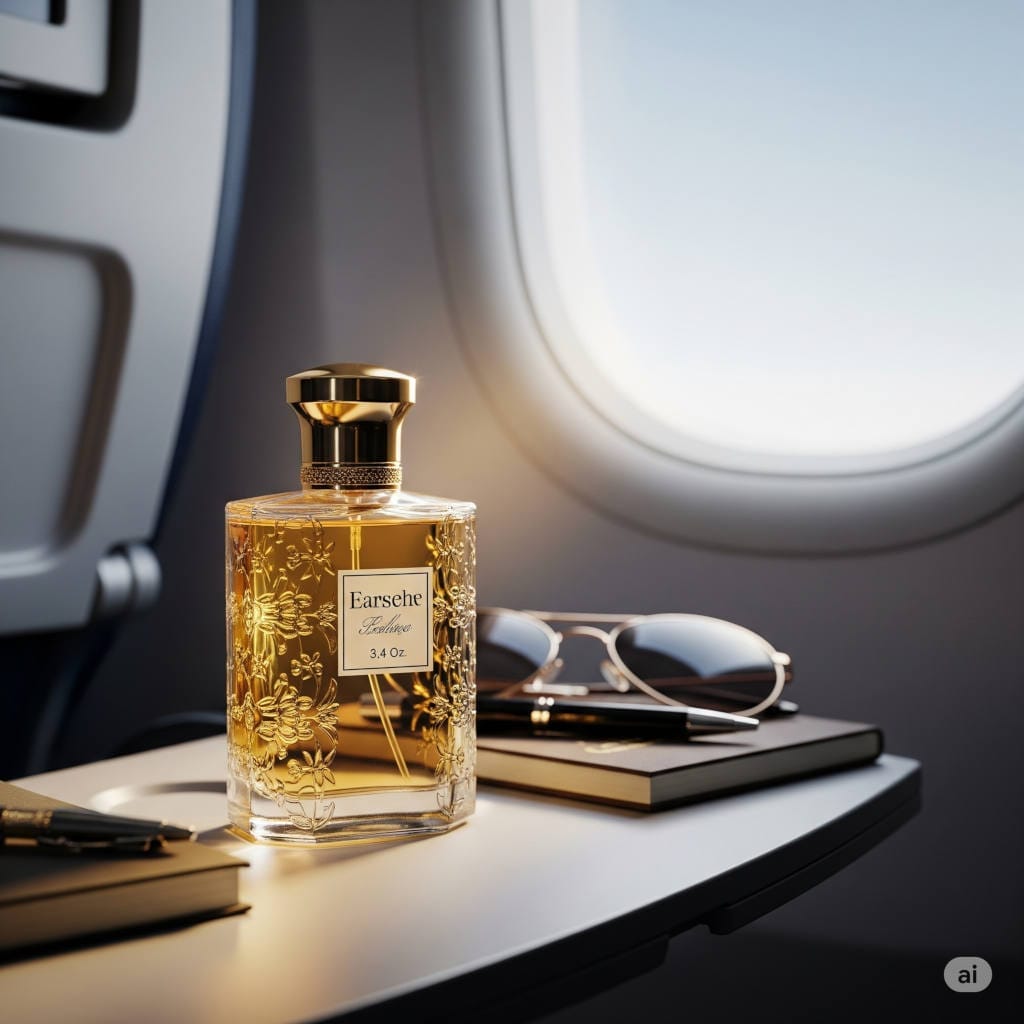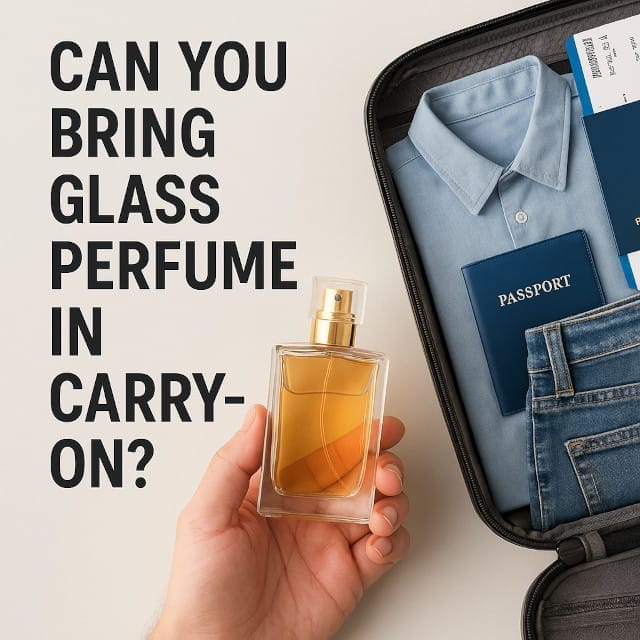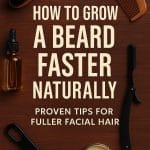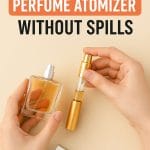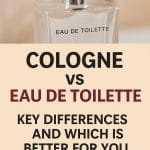If you’re getting ready to board a flight and trying to figure out what liquids you can bring in your carry-on, you’re not alone. One of the most common questions travelers ask is: “Is 1.7 fl oz allowed on a plane?”
The short answer? Yes, it is! But there are some important guidelines you should know to avoid unnecessary hassle at airport security. This comprehensive guide will walk you through everything you need to know about the Transportation Security Administration’s (TSA) rules on liquids, why they exist, what kinds of containers are acceptable, how to pack your liquids, and common mistakes to avoid.
By the end of this guide, you’ll be a packing pro, confident in your ability to fly stress-free with all your essentials. Let’s dive in.
What Is the TSA 3-1-1 Rule?
The TSA 3-1-1 rule is the standard guideline for liquids in carry-on baggage in the United States. It stands for:
- 3.4 ounces (100 milliliters) or less per container
- 1 quart-sized clear resealable plastic bag per traveler
- 1 bag per traveler
This rule applies to liquids, gels, creams, pastes, and aerosols. It includes everything from toothpaste and shampoo to peanut butter and facial serums.
As long as each item is 3.4 ounces or less and fits into your quart-sized bag, you’re good to go.
Is 1.7 Fl Oz Allowed on a Plane?
Absolutely. 1.7 fluid ounces is well within the TSA’s 3.4 oz limit. In fact, it’s about half the maximum allowed size for a single liquid item in your carry-on.
You can bring a 1.7 fl oz container of:
- Moisturizer
- Perfume
- Foundation
- Hair gel
- Hand sanitizer
- Sunscreen
As long as it fits into your quart-sized bag, and that bag closes easily, it’s permitted.
Why the 3-1-1 Rule Exists
The liquid rule was introduced in 2006 after British authorities thwarted a terrorist plot involving liquid explosives. As a security measure, authorities needed a way to allow liquids for personal use while minimizing the risk of dangerous substances being brought on board.
Limiting liquid volume to 3.4 oz per container, and keeping the total within a quart-sized bag, significantly reduces the risk.
Common Items You Can Bring in 1.7 Fl Oz
Here are some travel-sized essentials that often come in 1.7 oz bottles:
- Skincare: facial moisturizers, sunscreens, serums
- Haircare: gel, mousse, leave-in conditioner
- Toiletries: toothpaste, body wash, shampoo, conditioner
- Cosmetics: foundation, liquid blush, primers
- Fragrances: colognes and perfumes
- Health items: hand sanitizer, eye drops, saline solution
You can also purchase reusable 1.7 fl oz containers to fill with your preferred products.
Types of Containers That Are Approved
The TSA does not require that your containers be in original packaging. What matters is:
- The volume (must be 3.4 oz / 100 ml or less)
- The fit (must go inside a quart-size resealable bag)
Acceptable container types include:
- Refillable plastic or silicone travel bottles
- Mini jars for creams and gels
- Small spritz bottles for perfumes or toners
- Aerosols marked within limit (e.g., dry shampoo)
Pro Tip: Label your containers clearly, especially if you’re transferring products from large bottles into smaller ones.
What Happens If You Break the Liquid Rules?
If you try to bring a container larger than 3.4 oz, or if your liquids don’t fit in your quart-sized bag, TSA agents will likely remove the item during screening.
You may be asked to:
- Discard the item
- Transfer it to your checked baggage (if you haven’t already checked in)
To avoid the stress, double-check your items before leaving for the airport.
TSA Exceptions to the Liquid Limit
There are a few key exceptions where you can bring more than 3.4 oz:
1. Medications
You can bring medically necessary liquids, gels, and aerosols in reasonable quantities. Inform the TSA officer, and they will screen these items separately.
2. Baby Formula and Breast Milk
Parents traveling with infants can bring baby food, formula, or breast milk in amounts exceeding the 3.4 oz limit. These too must be declared.
3. Liquid Nutrition and Medical Needs
If you rely on liquid nutrition, such as supplements or shakes, you can bring them aboard, provided you notify the screening officer.
4. Duty-Free Purchases
Liquids purchased after security, especially in duty-free shops, may exceed the 3.4 oz rule if properly sealed and packaged.
Packing Tips for Carry-On Liquids
To keep your liquids organized and avoid any mess, follow these practical tips:
- Use TSA-approved travel kits with leak-proof bottles
- Place your liquids bag in an easy-to-reach spot in your carry-on
- Don’t overfill bottles—leave space to avoid pressure leaks
- Use solid alternatives when possible (e.g., shampoo bars)
- Double-bag if you’re worried about leakage
- Label bottles to help identify contents quickly
Bonus Tip: Pre-pack a liquids bag and keep it stocked for future trips.
Liquid Rules for Checked Luggage
In checked baggage, the rules are much more relaxed. You can bring full-sized containers of most toiletries and liquids.
Allowed in Checked Bags:
- Full-size shampoo, conditioner, body wash
- Mouthwash, large tubes of toothpaste
- Alcohol (within quantity and ABV limits)
- Skincare products
Still Not Allowed:
- Flammable liquids (like lighter fluid)
- Certain aerosol sprays
- Corrosive chemicals or bleach
Always check your airline’s specific rules and international import restrictions.
International Travel Considerations
Most countries follow similar liquid rules to the TSA, including:
- UK
- Canada
- EU nations
- Australia
- Japan
However, differences may include:
- Requirements to place liquids in individual sealed bags
- Bans on certain ingredients in cosmetics or health products
- Rules about transferring liquids between connecting flights
When in doubt, check the local airport or transportation authority’s website.
Real-Life Scenarios and Tips
Scenario 1: Flying Domestic for a Weekend
You’re heading to New York for two days. A 1.7 fl oz container of face wash and shampoo is more than enough. Pack them in your liquids bag and breeze through security.
Scenario 2: International Business Trip
Traveling to Paris? Bring travel-sized containers for personal care items and make sure they comply with both TSA and EU regulations. Consider buying larger products at your destination if needed.
Scenario 3: Last-Minute Airport Shopping
Purchasing perfume at duty-free? Make sure it’s sealed in a tamper-proof bag with a receipt. Keep it sealed until you reach your destination, especially on connecting flights.
Frequently Asked Questions
Q: Does the container size or the liquid volume matter?
A: The container size matters most. Even if a bottle is half-full, if it says 6 oz, it will likely be confiscated.
Q: Can I bring multiple 1.7 oz bottles?
A: Yes, as long as all of them fit in your single quart-sized bag.
Q: Can I bring a reusable bottle filled with my own lotion?
A: Absolutely. Just ensure it’s 3.4 oz or less, and clearly labeled if possible.
Q: What if I forget to remove the liquids bag during screening?
A: TSA may pull your bag aside for additional screening, which could delay you.
Q: Can I bring solid deodorant?
A: Yes! Solid deodorants aren’t subject to the 3-1-1 rule. Gel or spray deodorants are.
Final Thoughts
So, is 1.7 fl oz allowed on a plane? Absolutely yes — and it’s one of the most practical sizes for travel. It gives you enough product for several uses while keeping you safely within TSA regulations.
The 3-1-1 rule might seem like a nuisance, but it plays a critical role in keeping air travel safe. Fortunately, with a little preparation, you can easily comply and pack all your essential items.
Use TSA-approved containers, follow the quart-sized bag rule, and keep any exceptions properly documented and declared. With these tips, you’ll get through airport security without any stress or surprises.
Safe travels and happy packing!
